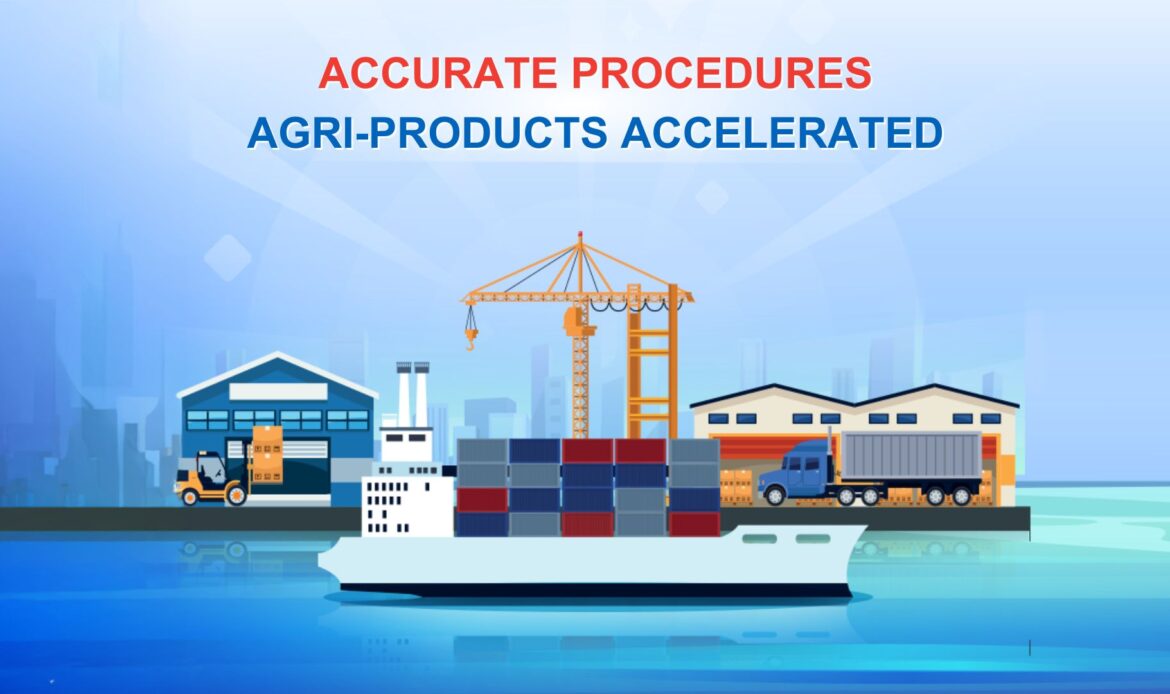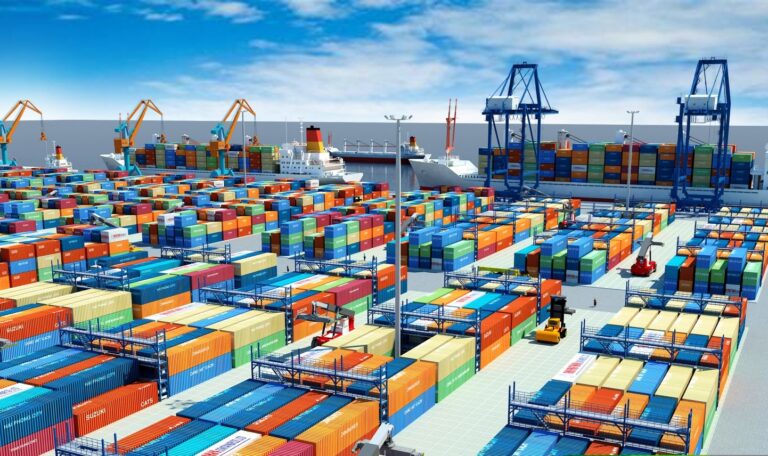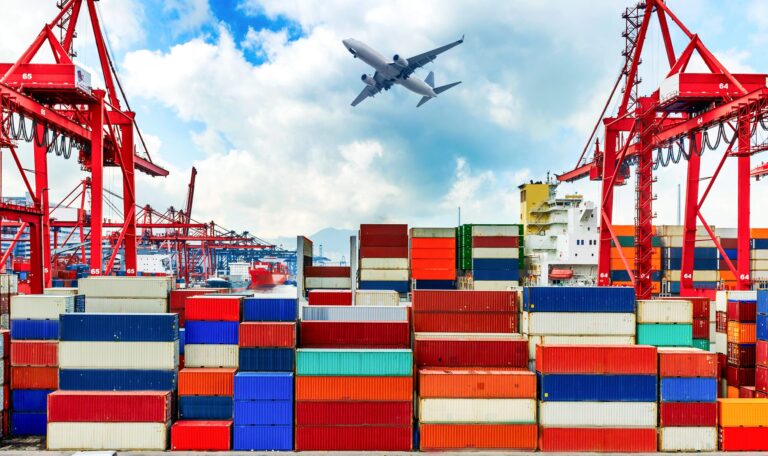Customs clearance for exporting agricultural products

For import-export businesses, carrying out customs clearance for exporting agricultural products such as coffee, pepper, cashews, and others is an essential part of international trade. Businesses must understand each step of the process to ensure smooth customs clearance for the goods.
Demand for Vietnamese agricultural products in the world
The demand for Vietnamese agricultural products worldwide continues to show positive signals, with export turnover reaching over $30 billion, growing by 6.3% compared to 2023. This growth not only affirms the quality of Vietnamese agricultural products but also reflects efforts to enhance product value and meet the strict requirements of international markets.
Additionally, the signing of Free Trade Agreements with many countries and regions has opened up new opportunities for Vietnamese agricultural products. Notably, the Vietnam-UAE Comprehensive Economic Partnership Agreement (CEPA) has laid the groundwork for boosting agricultural exports to the Middle East, West Asia, and Africa, while also expanding opportunities in the global food market. This is a great opportunity for Vietnam to increase export turnover and affirm its role in the international agricultural industry.
Potential and opportunities for exporting Vietnamese agricultural products
These results demonstrate that the potential for exporting Vietnamese agricultural products remains significant. Businesses need to continuously improve product quality, comply with strict international market regulations, and optimize Logistics processes to maximize opportunities for expanding this market.

Customs clearance for exporting agricultural products
Exporting agricultural products requires careful preparation and strict compliance with the regulations of the importing country to ensure the export process runs smoothly and minimizes legal risks.
Step 1: Identify the import requirements
Before proceeding with customs clearance for exporting agricultural products, businesses need to research and understand the import requirements of the target country. This includes meeting food safety standards, plant quarantine, and chemical residue regulations in the products.
Step 2: Prepare export documentation
Once the requirements of the target market are identified, businesses should prepare the necessary documents as follows:
- Business registration certificate
- Food safety certificate
- Agricultural product inspection certificate
- Barcode registration, production unit code (PUC), and product traceability
- Certificate of Free Sale (CFS), Health Certificate (HC), and other permits as required by the importing country
Step 3: Customs declaration
The customs declaration process for exporting agricultural products is carried out electronically via the General Department of Customs system. Businesses need to check and prepare the complete documentation to ensure an accurate declaration.
Once completed, customs will check the information in the documentation against the actual status of the shipment and proceed with customs clearance if no discrepancies are found. Conversely, if any issues arise, the shipment may be temporarily held for further inspection, or the business will need to adjust the declaration.
Step 4: Transporting goods
Once the shipment is cleared, businesses can proceed with transporting the goods to the importing country using the appropriate transportation method, based on factors like time, cost, and the nature of the product.
- Sea transport: the most common and cost-effective method for large shipments but requires more time.
- Air transport: suitable for smaller shipments requiring fast delivery.
- Road transport: used for regional markets and products requiring temperature control.

Things to note when handling customs clearance for exporting agricultural products
- Accurately determine HS codes: Identifying the correct HS code for each agricultural product is crucial for calculating the correct export duties and ensuring smooth customs clearance. An incorrect HS code can lead to delays and unnecessary costs.
- Check product quality: Businesses need to ensure that the agricultural products meet quality and food safety standards. This helps reduce the risk of products being rejected at the port of entry.
- Ensure proper packaging: Proper and secure packaging will help preserve the products and prevent damage during transportation.
- Use professional logistics services: If businesses lack experience with customs clearance for exporting agricultural products, partnering with a professional logistics service provider for fast and effective customs clearance is essential.
Understanding that customs clearance for exporting agricultural products can be a significant challenge for businesses without much experience in exporting agricultural products, VELA provides professional customs clearance solutions to assist businesses in preparing all necessary documentation and efficiently handling the process.
Customs clearance for exporting agricultural products is crucial for ensuring a smooth customs clearance process. Businesses must carefully prepare documents, make accurate declarations, and choose the appropriate transport method. Strict adherence to regulations helps businesses minimize risks in the customs clearance process.
